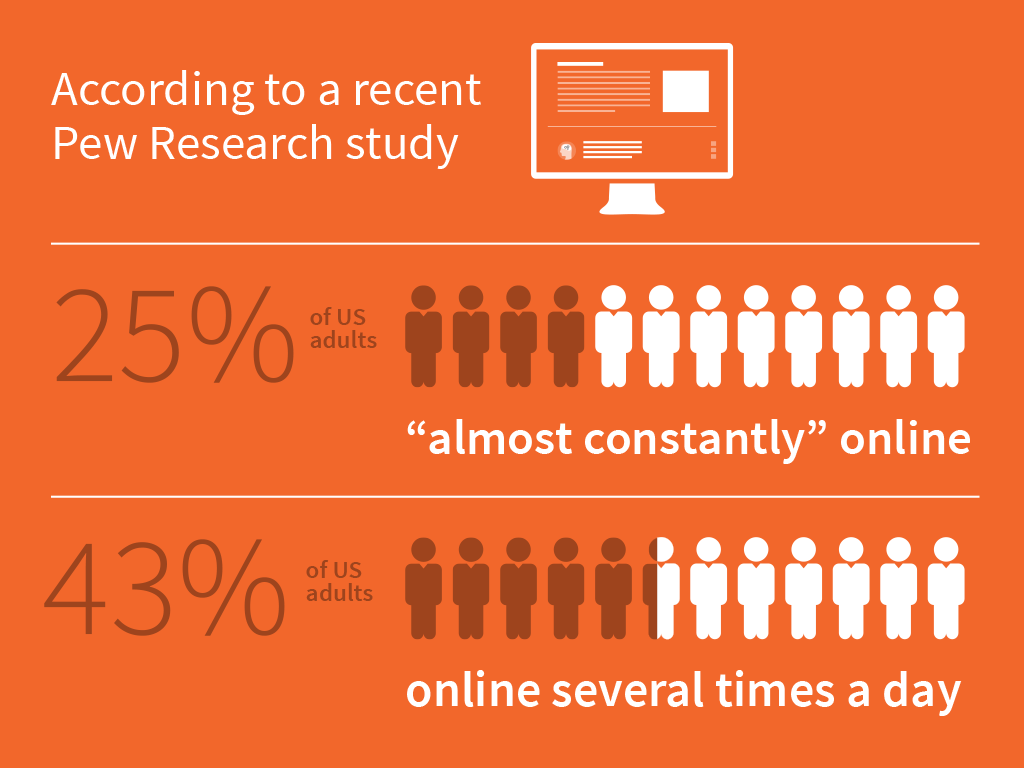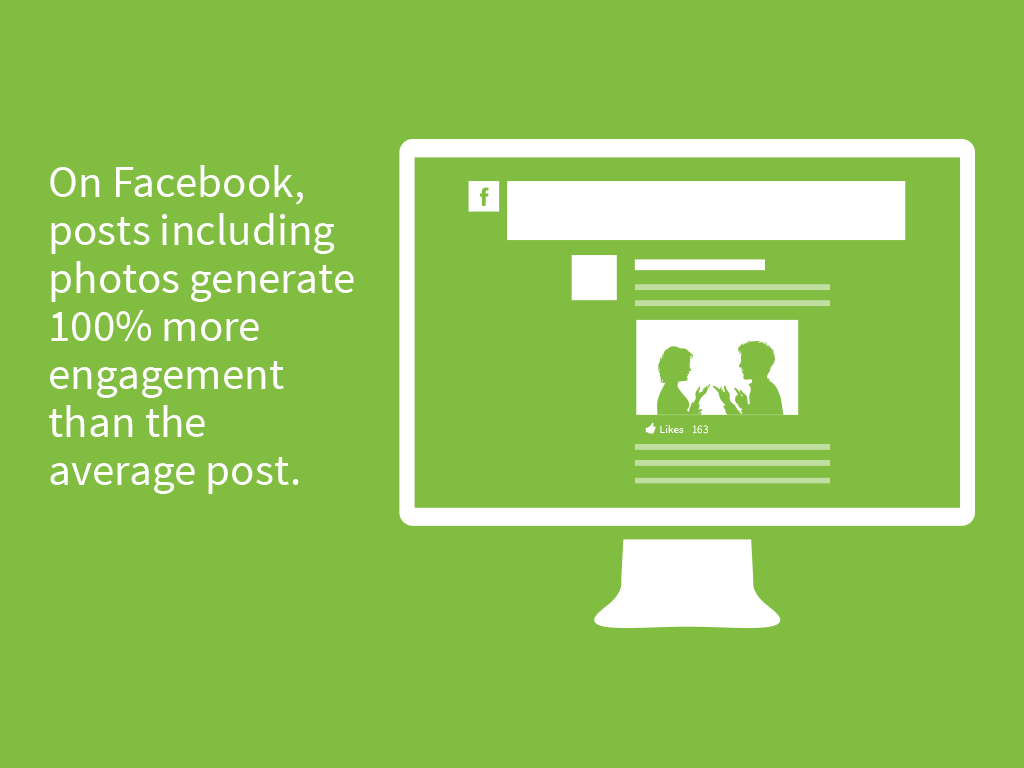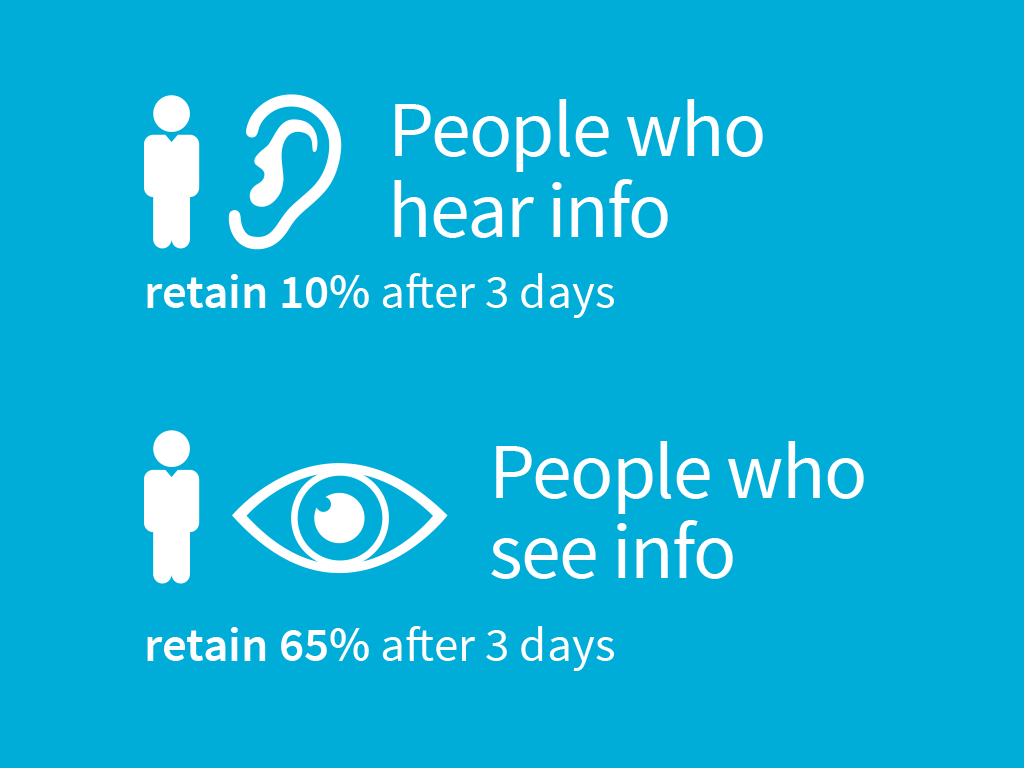
The question I’m asked most by communicators, HR professionals and leaders seeking to improve employee communication is: What changes can I make that will have the greatest impact?
And my answer is always the same: Ask your employees what they need and prefer.
Sure, it’s helpful to explore innovative ways that leading companies communicate with their employees. But the best chance of determining which changes will increase your employees’ participation in internal communication is to ask them: What works for you?
I’ve learned this lesson from more than three decades of experience and from soliciting feedback from tens of thousands of employees — through analyzing web and email metrics, conducting surveys, facilitating focus groups and simply observing people as they experience communication.
While you conduct your own research to build the internal communication strategy that’s right for your organization, keep in mind these 5 improvements that employees request most:
1. Reduce the volume.
“Too much” is one of the top complaints employees have about internal communication today. In fact, one employee in a recent focus group told me:
“Please do something about the number of emails in my inbox and the amount of content about the company I’m expected to read. I’m experiencing such overload that I’m sure I’m missing important information.”
Employees are inundated with information, and they want fewer channels with less repetition.

How to do it:
You can’t resolve information overload with email etiquette classes — or even a stop sign. You need to conduct an internal communication audit to determine the root cause of the overload. Then partner with the groups that produce the most content on how to streamline, consolidate and — most importantly — cut back.
2. Make communication more relevant.
Another common annoyance for employees is that they receive communication that’s either too general or that doesn’t apply to them at all. Here’s what I’ve heard employees say:
· “I get a flood of information, and it’s increasingly difficult to distinguish the important from the unimportant.”
· “I hear too much about corporate initiatives, but we don’t know what’s going on in our own building.”
· “It would be great if I could get more details about organizational changes that impact me directly, including a comprehensive org chart.”
How to do it:
I have to admit: Fixing this problem isn’t easy. Most organizations have gotten into the habit of reposting corporate press releases on their intranets, leaving employees wondering: What does this have to do with me? You need to create internal communication that is targeted and relevant to employees.
Here are three ways to do this:
· When creating content, make sure you answer employees’ biggest questions: What does this mean to me? What do I need to do?
· As often as possible, avoid sending emails to everyone in the organization. Create segmented lists by location, level and function.
· Set expectations for leader and manager communication. While you can’t tailor every communication to specific groups or teams, leaders and managers play a key role in interpreting information to make it relevant.
3. Simplify content.
Why, employees wonder, does internal communication have to be so complicated? The content employees typically receive — loaded with acronyms and jargon words — seems to have been written in an archaic language that only Corporate understands. As one employee commented,
“I just wish someone would explain it all so people who don’t deal with the topic regularly can understand it.”
How to do it:
You know what to do: Make a pledge to simplify everything. There are many ways to accomplish this:
· Boil your communication down to one simple message, focused on what is changing for employees.
· Write the headline to convey the most important information.
· Use clear language and spell out acronyms.
· Move from describing (words) to showing (visuals). You know that images dominate external communication. So use visuals — photos, videos and infographics — to pack a big punch.

4. Get timing right.
Employees care about when they receive critical information. Their preference? Information that’s delivered “just in time” — right when they need to act and before hearing it from external sources. For example, employees say:
· “Provide information in a timelier manner. Sometimes we ‘hear it through the grapevine’ before it is formally communicated.”
· “Tell me about things as they happen, not days or weeks later.”
· “Having information earlier allows us to build a base for our knowledge before it goes live, so we will sound more knowledgeable with customers.”
How to do this:
Timing is tricky to master — because there are occasions when you have to scramble to share important, breaking news with employees. However, most messages aren’t confidential and fast-moving, so there are steps you can take to manage the timing of what you communicate. Here’s how:
· Focus on what employees need to do — and when they need to do it. The biggest timing mistake organizations make is actually communicating too much too soon. Instead, focus on the employee experience. When do employees need a heads up? When do they really need to start paying attention? When are deadlines they need to meet?
· Plan ahead. It’s true that surprises come up, but 80% of what you need to communicate is expected. So there’s no excuse not to communicate with enough time for people to take action — but not too early that they file it for later and forget about it. Be sure to keep holidays and weekends in mind.
· Provide updates. Create and follow a communication timeline to notify employees when more information will be available — even if it’s an estimate (e.g., “shortly” or “within a few weeks”). Try sending a series of short, targeted e-blasts just in time.
5. Set leaders and managers up for success.
Employees know that leaders and managers provide information and context that employees can’t get anywhere else. So employees usually ask for “more face time with business unit presidents” or “better communication from my supervisor.”
However, leaders and managers don’t always have all the answers, so they don’t feel comfortable communicating.
How to do it:
To help leaders and managers feel informed and prepared to talk about key issues with their teams, equip them with easy-to-use communication tools, such as:
· One-pagers. What essential information do leaders and managers need to know about a topic? Distill those points into a single page that provides a quick briefing.
· Frequently Asked Questions (FAQs). FAQs help leaders and managers feel prepared when team members approach them with questions. To create the best FAQs, include tough questions and candid answers; and avoid corporate speak.
· Learning sessions. When the topic is complicated and/or the change is significant, you need to provide leaders and managers with an interactive experience so they get a deep dive. Create scenarios to help them practice conversations with team members.

As you gather feedback from your employees, you’ll hear many more specific suggestions on how to improve internal communication. While some ideas will require intensive effort, you’ll find that many improvements are quick and simple to make. And even quick wins will make a big difference.
Originally published on medium.com




